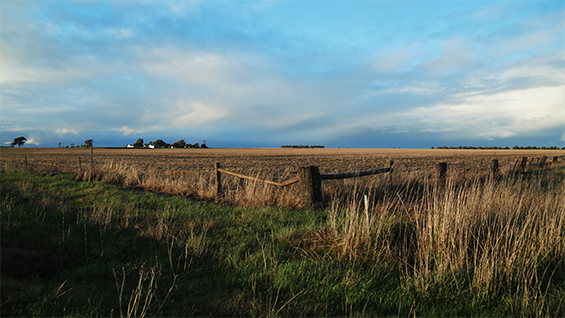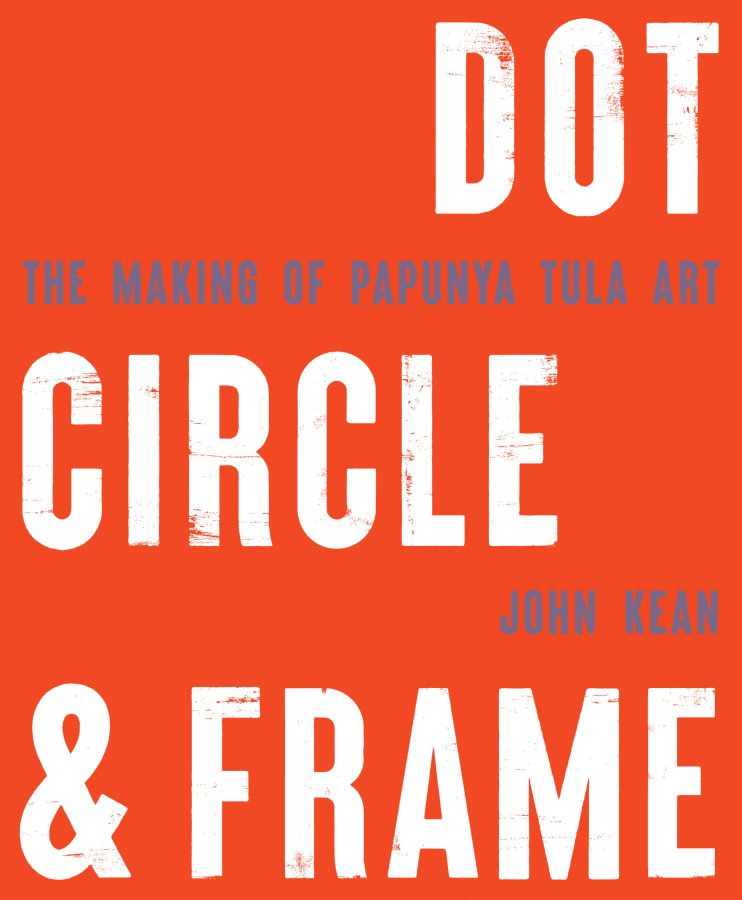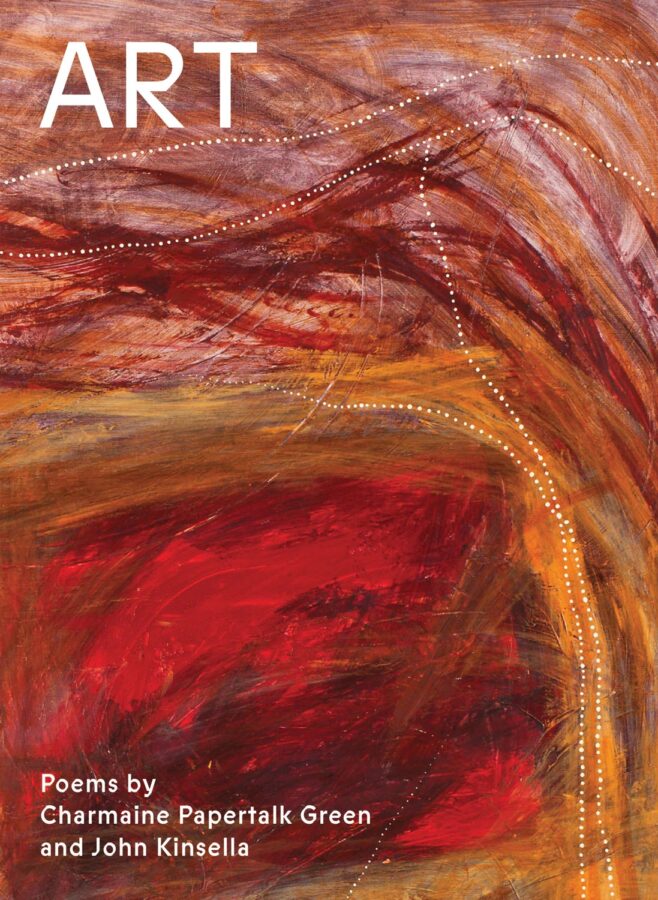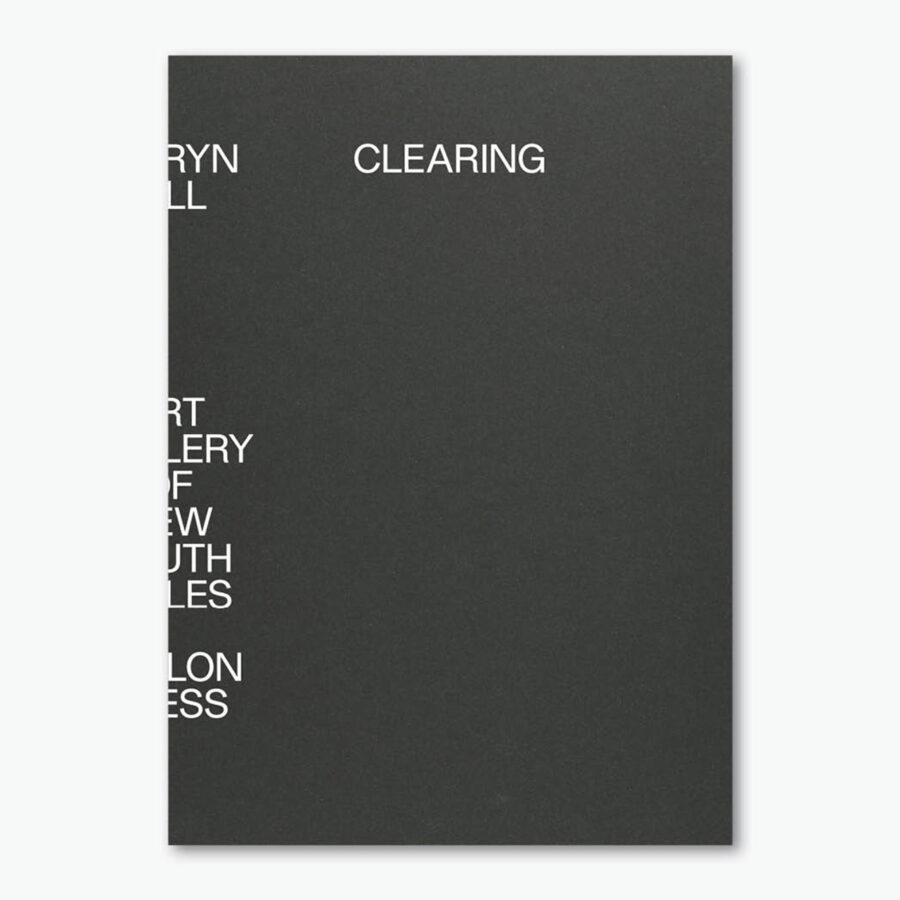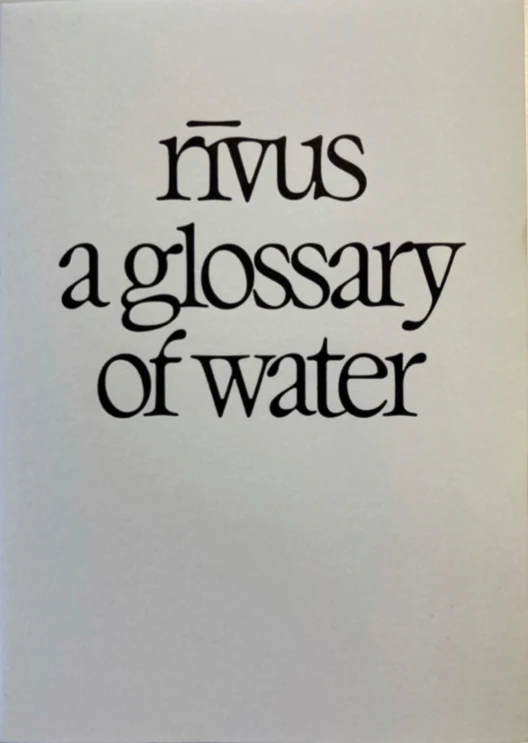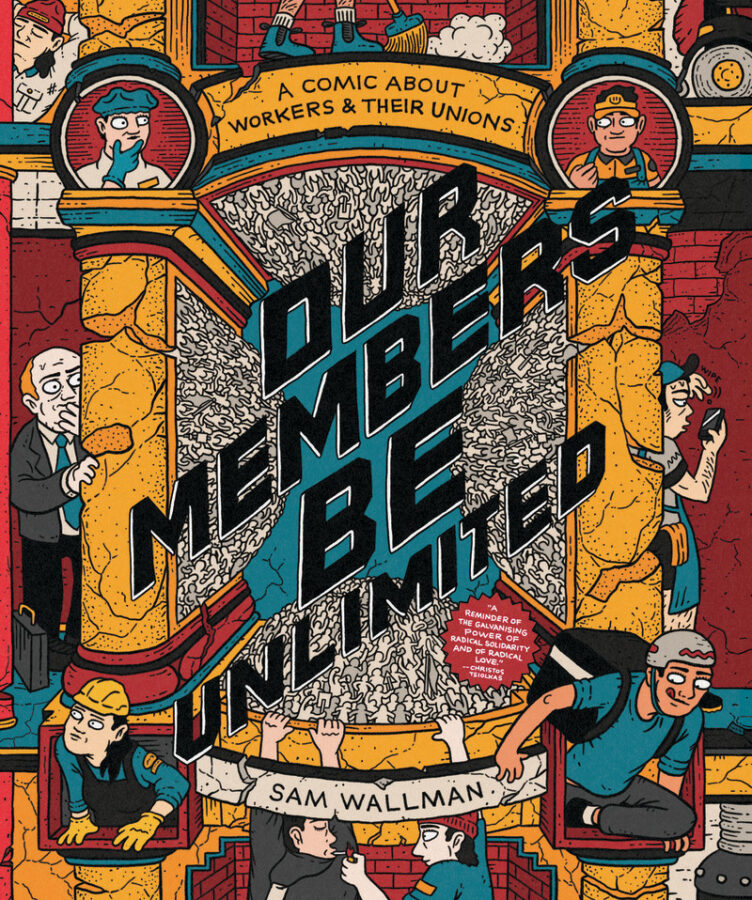Arriving in a new town, I always make a point of orienting myself with two important pieces of information – the locally preferred coffee purveyor and the community noticeboard. Often the two can be found side-by-side. In Alice Springs, where I found myself this week, the café known as Page 27 in Todd Mall not only makes the best coffee this side of the desert, it also has a noticeboard that almost always makes me want to pull up sticks and move to the Centre. Notices about yoga, meditation, writing retreats and various arts happenings seem to belie a town of its size. They speak to the city-dweller’s romantic dream of the ‘desert change’.
On one level, Alice Springs can be said to do arts culture very well. It’s rare, for instance, to walk through a shopping mall and see so much art on display. Todd Mall is resplendent with image and colour, much of which is provided by Aboriginal artists – mostly through ethical means, but sometimes not. Walking around the town, visitors can find evidence of the various community arts organisations that serve the region, more than one would typically find in a town of this size. These are staffed by small but committed teams of arts workers. Yet despite this, as anyone realises once they look up from their soy flat white, the town (and the country more broadly) still has a way to go in providing adequate space for Aboriginal artists to occupy and take ownership of their rightful place in the region’s arts culture.
There are notable exceptions, and today sees the launch of two such initiatives. At the Araluen Arts Centre, Aboriginal artists are now converging (at the time of publication) for the twenty-fifth Desert Mob Symposium to discuss arts practices, projects and the experience of working within Aboriginal-owned arts centres. The symposium, which is driven by Desart, is one of the vital arts initiatives for Aboriginal artists in this country. Artists speak directly about their work, practices and cultural practices, as well as the joys and challenges that come with being an arts practitioner in remote Australia. This year, the theme of the symposium is ‘reflection and projection’ and it will be worth following the conversations that emerge.
Later tonight, Tangentyere artists and Yarrenyty Arltere artists will launch their new exhibition Selfies – Representations of Self by Town Camp Artists. I have only seen two images from the show, but I am excited by the provocation of the theme and the powerful challenge it might raise given the town camps’ long history of stigma, discrimination and misrepresentation. It seems to me that the semiotic space of the ‘selfie’ might just give the town camp artists the opportunity to ‘paint it back’ (to massage a phrase of Homi Bhabha) in the fighting spirit of self-mobilised resistance and dissent as part of that process of positive re-occupation. The exhibition runs until 10 October.
*
Several major shortlists, longlists and prizes have recently been announced across a number of genres. Last weekend, Sisters in Crime Australia presented the fourteenth Davitt Awards for Australian Women’s Crime Writing. Honey Brown took out Best Adult Novel for Dark Horse, while Hannah Kent collected another two accolades for Burial Rites, taking out Best Debut Novel and the Readers’ Choice Award. Still on the subject of crime fiction, Liam McIlvanney has won the 2014 Ngaio Marsh Award for Best Crime Novel for Where the Dead Men Go.
Jennifer Down has won this year’s ABR Elizabeth Jolley Short Story Prize for ‘Aokigahara’. Down beat 1200 other entries for the coveted $5000 prize. Second prize went to Faith Oxenbridge for ‘Doisneau’s Kiss’, while third prize was awarded to Cate Kennedy for ‘The Art of Life’. All three winners have been published in the September Fiction issue of the Australian Book Review. Melissa Lucashenko, meanwhile, has had a good week, taking out the 2014 Victorian Premier’s Literary Award for Indigenous Writing for Mullumbimby, which was appreciatively reviewed for SRB by Eve Vincent last year. The $20 000 prize was awarded as part of Indigenous Literacy Day.
Overseas, the long and the short of two major prizes have been released. The longlist for the UK’s Samuel Johnson Prize for Nonfiction (worth a cool £20 000) was announced on Tuesday and includes fifteen contenders. The ink on the 2014 Dylan Thomas Prize shortlist is still drying with seven books making the shortlist following an announcement last night.
Included in that seven is Man Booker Prize winner Eleanor Catton, who is also the subject of this week’s feel-good story. At the New Zealand Post Book Awards ceremony, Catton, who took out the Fiction and People’s Choice awards for The Luminaries, announced that she would use her NZ$15 000 prize to establish a grant that would give writers ‘the means and opportunity not to write, but to read, and to share what they learn through their reading with their colleagues in the arts’. In an interview with the Guardian, Catton said:
My idea is that if a writer is awarded a grant, they will be given the money with no strings attached except that after three months they will be expected to write a short piece of non-fiction about their reading (what was interesting to them, what they learned) that will be posted online so that others can benefit from their reading too.
She went on to say:
We’re very lucky in New Zealand to have a lot of public funding available for writers, but they generally require the writer to have a good idea about what they want to write, and how, before they apply. I think that this often doesn’t understand or serve the creative process, which is organic and dialectic; I also think it tends to reward people who are good at writing applications rather than, necessarily, people who are curious about and ambitious for the form in which they are writing. I’m also uncomfortable with the focus that it places on writing as production, with publication as the end goal, rather than on writing as enlightenment, with the reading as the first step.
Also worth another mention is the now launched Stella Prize Schools Program, a writer-led initiative that SRB highlighted a few months ago. It will pilot in Melbourne before setting off around the country. The program extends the Stella Board’s charter of raising the profile of Australian women’s writing. The program includes visits and workshops aimed at girls and boys in years 7-12, and features prominent writers such as Clare Wright, Cate Kennedy, Tony Birch and Jacinta Halloran.
*
Haruki Murakami is a rock star. Of sorts. According to The Bookseller, fans in London queued for up to eighteen hours to meet ‘Japan’s greatest living novelist’. Murakami was in town to spruik his latest novel Colorless Tskuru and His Years of Pilgrimage. He signed books and mingled for over two hours. He has had a good week. Ladbrokes has installed him as the favourite to take out the next Nobel Prize for literature at odds of 5-1. Among the other writers in the running (at least according to Ladbrokes) are the Kenyan author Ngugi wa Thiog’o, the Hungarian Péter Nádas, the Italian Umberto Eco, and several US writers, including Joyce Carol Oates, Don DeLillo, Thomas Pynchon and Cormac McCarthy. The only Australian on the list is Les Murray at 50-1, the same odds as Salman Rushdie, Javier Marias, William Trevor and Bob Dylan.
*
This week’s Sydney Review of Books celebrates the Australian writer Gerald Murnane, focusing in particular on his newly released book A Million Windows. Murnane is a complicated figure, who is considered to be one of the most important writers writing in English today, but somehow only a small but dedicated group of readers seem to have realised it. (Those who haven’t are missing out.) In his essay ‘Remote Viewing’, Emmett Stinson reviews A Million Windows, taking up the allusion to Henry James in the novel’s title in order to examine the significance of the complex patterning that is evident throughout Murnane’s work, and the way meaning ‘coalesces around unexpected resonances between events, memories and allusions’. As a companion to Stinson’s essay, SRB features an interview with Murnane, in which he discusses the genesis of his latest novel, his fascination with images and his compositional practices.
From the Archives continues the Murnane theme. In ‘Signs for the Soul’, Anthony Uhlmann explores J. M. Coetzee’s reading of Murnane’s work drawing on a major review Coetzee wrote for the New York Review of Books in 2012. We also include an earlier contribution by Emmett Stinson titled ‘In the Same Boat’. While the essay does not focus on Murnane per se, there is a tangential connection, as readers will discover.
